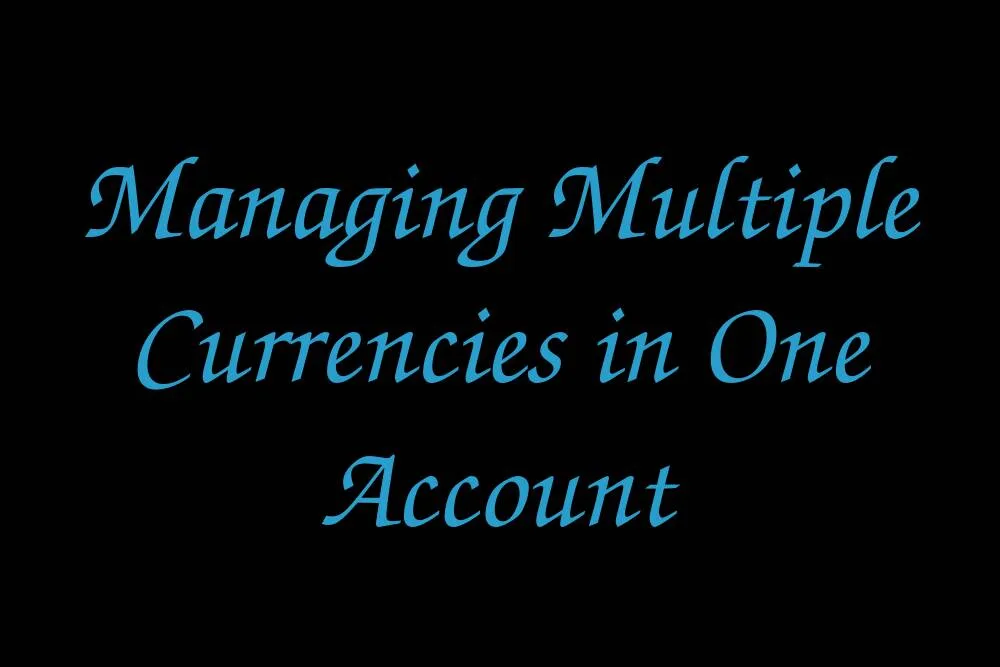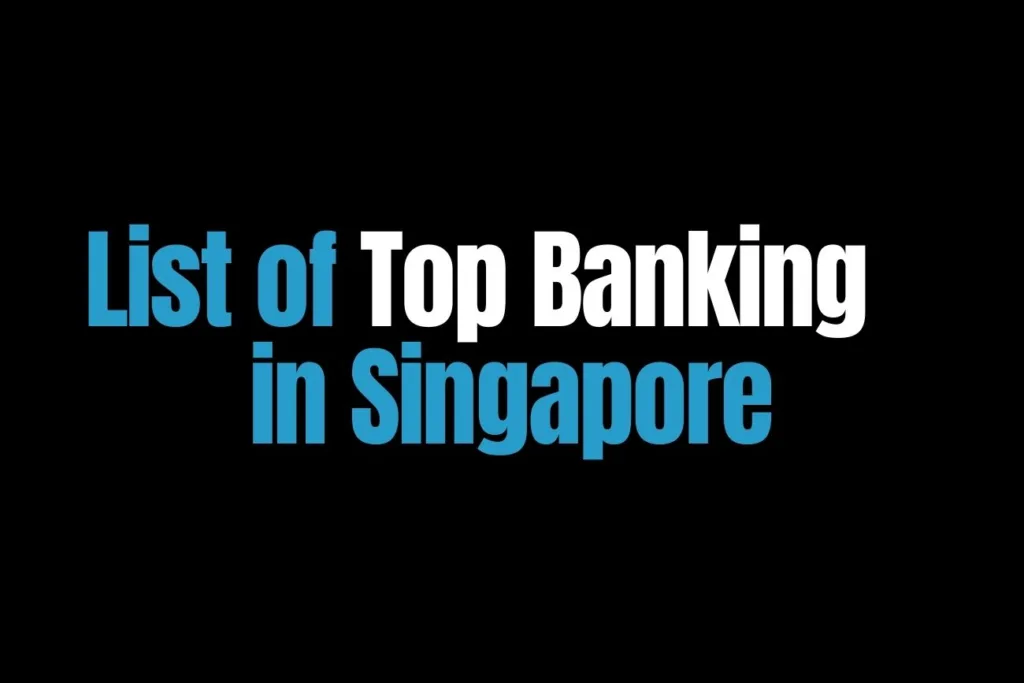What You Can Do With an MCA
- Hold balances in supported currencies (for example, USD, EUR, GBP, AUD, HKD) alongside SGD.
- Convert funds between currencies inside the same account, typically at bank-quoted rates.
- Receive money directly in foreign currencies from overseas payers (e.g., salary, invoices, or refunds).
- Spend or withdraw using a linked debit card, so overseas transactions can be debited from the matching currency balance to reduce extra conversions.
- Send international transfers (telegraphic transfers) from your foreign currency balances when you need to pay abroad.
How It Works Day-to-Day
- Funding your account: Top up SGD and convert inside your MCA, or receive funds directly in a foreign currency.
- Converting currencies: Many banks let you convert 24/7 via mobile or online banking. Some have short system windows where FX conversion is unavailable (for example, at end-of-month processing).
- Paying & transferring: In Singapore, local SGD payments typically use FAST or GIRO. For overseas payments, banks use cross-border remittance rails such as telegraphic transfers (SWIFT).
Why People Use Multi-Currency Accounts
- Flexibility for travel and study: Pay in the local currency without surprise conversions on each card transaction.
- Global shopping: Settle in the merchant’s currency to avoid dynamic currency conversion at checkout.
- Income and invoices: Receive payments from overseas platforms or clients in their currency and convert when rates are favorable.
- Light treasury for SMEs: Match income and expenses in the same currency and reduce repeated conversion costs.
Costs & Rates Explained
Multi-currency banking stays cost-effective when you understand the components of total cost:
- FX spread: The difference between the rate you see and the mid-market rate.
- Transfer fees: Outward remittances may have bank fees and intermediary/beneficiary bank charges when sending overseas.
- Account fees: Some foreign currency sub-accounts have minimum balance or fall-below fees. Always review your bank’s pricing guide.
- ATM withdrawals: Overseas ATM operator fees may apply even when you withdraw from a matching currency balance.
Risk & Protection (Singapore Context)
Exchange-rate risk: Foreign currency values move up and down. Holding a currency that depreciates against SGD reduces your SGD value.
Deposit insurance: In Singapore, Singapore dollar deposits with DI Scheme member banks are insured up to S$100,000 per depositor per member by SDIC. Foreign currency deposits are not covered by the Deposit Insurance Scheme. Check your bank’s DI disclosure and the official SDIC pages for details.
Choosing the Right Multi-Currency Account
- Supported currencies: Make sure the account supports the ones you actually use (e.g., USD/EUR/GBP/AUD/JPY/CNH).
- Card & wallet features: Look for a debit card that spends from the matching currency balance to minimize extra conversions.
- FX access: Real-time conversion, rate alerts, and transparent spreads make life easier.
- Transfers: Easy local SGD transfers (FAST/GIRO) and straightforward international transfer options.
- Fees & minimums: Review fall-below fees and outward remittance charges for your typical usage.
- Regulated institution: Confirm the bank is licensed in Singapore via MAS’s Financial Institutions Directory.
Practical Tips
- Match currency to spend: When overseas (or shopping online), choose to pay in the local currency if you hold that balance.
- Convert in batches: If you have predictable foreign expenses, consider converting in advance instead of ad-hoc amounts at checkout.
- Keep an SGD buffer: Maintain a small SGD balance for local payments that run through FAST/GIRO.
- Use alerts & reminders: Many banks offer notifications for rate moves or low balances.
- Review statements: Check monthly for FX conversions and fees to fine-tune your habits.
Opening an MCA in Singapore
Account opening is typically done through digital banking with standard customer due-diligence (identity and address verification). Product features vary by bank, so compare supported currencies, card capabilities, and fees before you apply.
Key Takeaway
Multi-currency accounts simplify life when you move money across borders. Choose a regulated bank, understand the fee structure, and remember that exchange rates and product terms change. With a little setup, you can spend, save, and send globally—confidently and conveniently.
Official Sources (Singapore)
- SDIC – Media Release: Deposit insurance limit raised to S$100,000 (1 Apr 2024): PDF
- SDIC – FAQs (scope and exclusions, including foreign currency deposits): sdic.org.sg/di_faq
- SDIC – Calculation of Compensation (foreign currency deposits not covered): sdic.org.sg/di_calc
- MAS – Financial Institutions Directory (licensed banks in Singapore): eservices.mas.gov.sg/fid
- ABS – FAST overview (local SGD instant transfers): abs.org.sg/e-payments/fast
- ABS – GIRO overview (local direct debit): abs.org.sg/e-payments/giro
- DBS – My Account (multi-currency features): dbs.com.sg
- DBS – Help: Exchange Foreign Currencies using Multi-Currency Account: dbs.com.sg/support
- UOB – Global Currency Account: uob.com.sg
- OCBC – Global Savings Account (multi-currency): ocbc.com
- HSBC – Everyday Global Account (multi-currency): hsbc.com.sg


